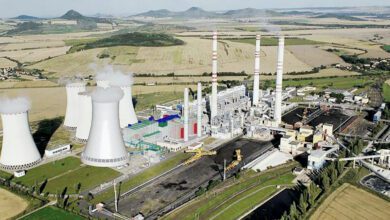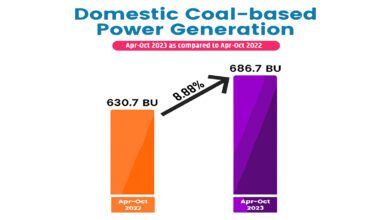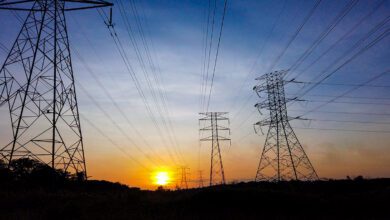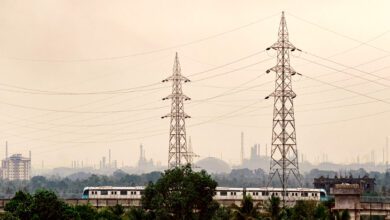Pakistan’s power sector has gone bankrupt, but the country lavishly spends its resources on secretly funding terrorist activities and fails to honour its payment obligations to the Chinese partners in the power projects, who have expressed concerns to Islamabad for the immediate release of the money.
Dr Farrukh Saleem, Islamabad based columnist recently commented that Pakistan’s power sector is bankrupt and the real culprit is the government’s gross mismanagement, which shows up as circular debt, reported Islam Khabar.
The Pakistan Prime Minister Imran Khan’s government has also grossly mismanaged the power sector. Circular debt in Pakistan’s energy sector had reached PKR Rs 2.358 trillion during the first seven months (July-January) of FY 2021-22.
The growth in circular debt flow has been over 114% compared to Rs 1.1 billion when Pakistan Tehreek-e-Insaf (PTI) government came to power in August 2018. Growing at the current rate, the power sector’s circular debt is estimated to reach Rs 4 trillion by 2025.
Chinese partners of Matiari-Lahore High Voltage Direct Current Transmission Line (MLHVTL) have sought immediate release of Rs 12.35 billion from Islamabad for the period September 2021 to February 2022. Of the total of Rs 21.1 billion, the Chinese company has apparently received only Rs 8.75 billion (41.4% of the billed amount) so far, reported Islam Khabar.
The MLHVTL is not the only project where Pakistan has defaulted the payment, as another Chinese state-owned company China Electric Power Equipment and Technology Co Ltd. (CET)/State Grid Corporation of China (SGCC) registered as Pak Matiari-Lahore Transmission Co Pvt Ltd (PMLTC), have also faced similar instances where Islamabad failed to live up to its promises at the time when the country’s finances have continually weakened.
Likewise MLHVTL, this company had also urged Islamabad to release the transmission service payments (TSP) relating to the 660kV MLHVTL project. To avert default, the Chinese company seeks to release loan principal and interest amounting to $72.2 million before April 15, 2022.












